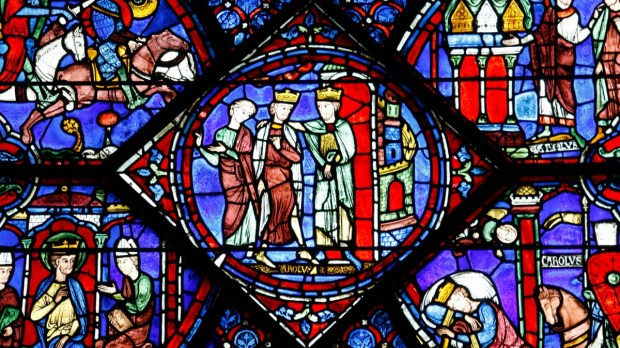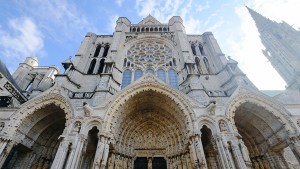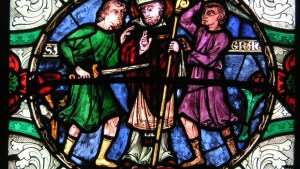Lenten Campaign 2025
This content is free of charge, as are all our articles.
Support us with a donation that is tax-deductible and enable us to continue to reach millions of readers.
“These stained glass windows are beautiful, but I can’t figure out what they mean.” The idea of making these masterpieces of sacred art accessible was born when a young teen made this observation to her mother during a visit to the cathedral of Chartres. The fact is, for most people they’re too high, too far away.
Supported by the International Stained-Glass Center of Chartres (CIV), the tool will be a free application downloadable onto a mobile phone. It’s goal is to “showcase [the cathedral’s] stained glass windows and explain them to the general public thanks to artificial intelligence, at a time when few people know the story they tell,” says Jean Touchard, project manager.
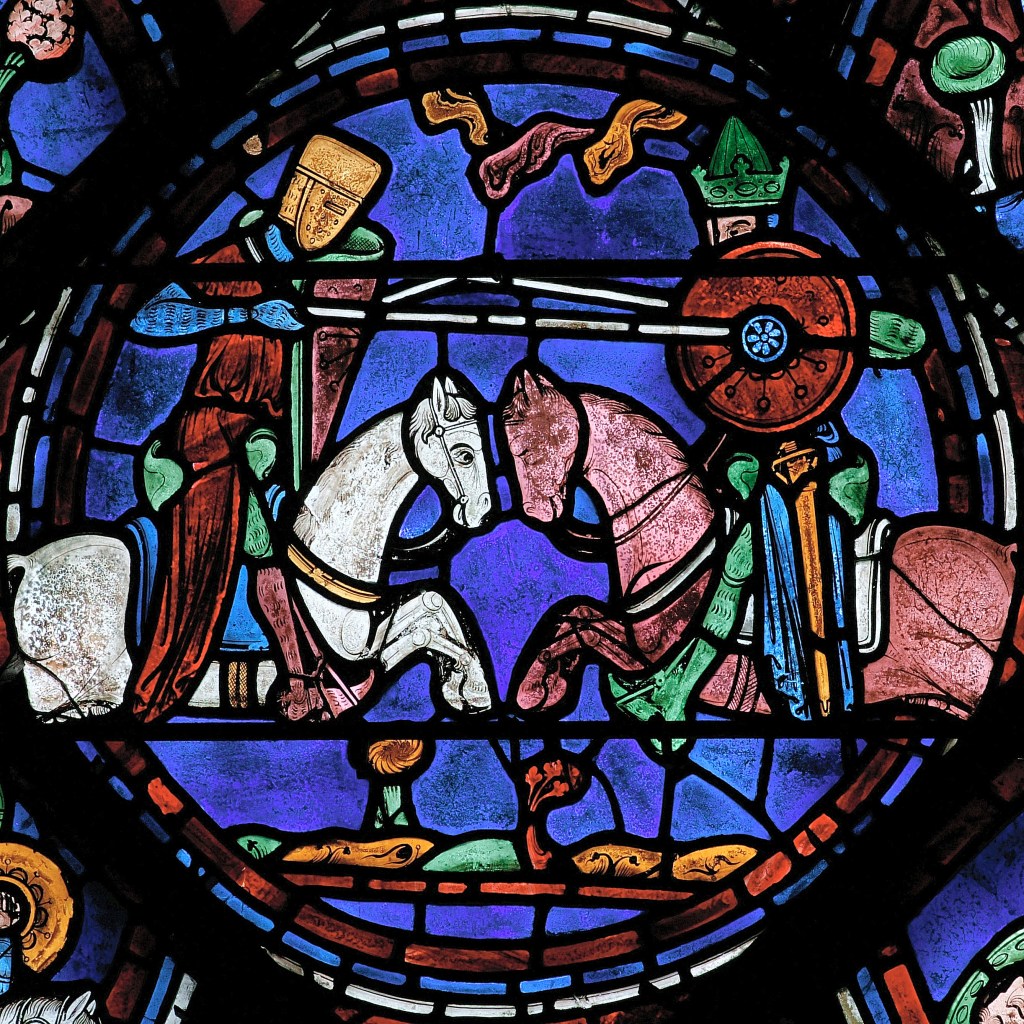
Making inaccessible motifs understandable
To achieve this, a specialized professional photographer has already begun photographing stained-glass windows for ulterior digitalization. The ultimate aim is to create a monumental database for the general public, as well as for professionals and academics.
“We started from two observations,” explains Touchard. “Visitors may marvel at the stained-glass windows, but they don’t understand the iconography, and since [the windows] are sometimes more than 100 feet from the ground, their location within the building makes them extremely difficult to read.”

As for the novel idea of a mobile application for this purpose, the project manager says:
Today, when you visit the cathedral, as in any other church, you raise your head to look at the stained-glass windows, then lower it to read information gleaned from the Internet on your phone screen. The distance makes it difficult to find your way back to what you were observing. The idea, which is still in the financing phase, is to use the screen as an interface to establish a ‘dialogue’ between the stained-glass window and the visitor. All the visitor has to do is point his or her phone at the stained-glass window, and the artificial intelligence (AI) will decipher it and make the story it tells immediately accessible, whether it’s about Charlemagne’s battles or the life of the Virgin Mary.

Technology at the service of iconography
AI is precisely what makes this idea possible, providing the technical support for the algorithm. The data, meanwhile, will be provided by a scientific committee made up of researchers and academics. These include Jean-Paul Deremble, a specialist in medieval iconography; Mathieu Lours, a specialist in cathedrals; and Mgr. Bousquet, a member of the Pontifical Council for Culture.
In concrete terms, the AI will identify the visitor’s position in the church and the inclination and distance of the telephone from the stained glass window, to find out what the visitor is looking at. It will then identify the motif to provide an interpretation.
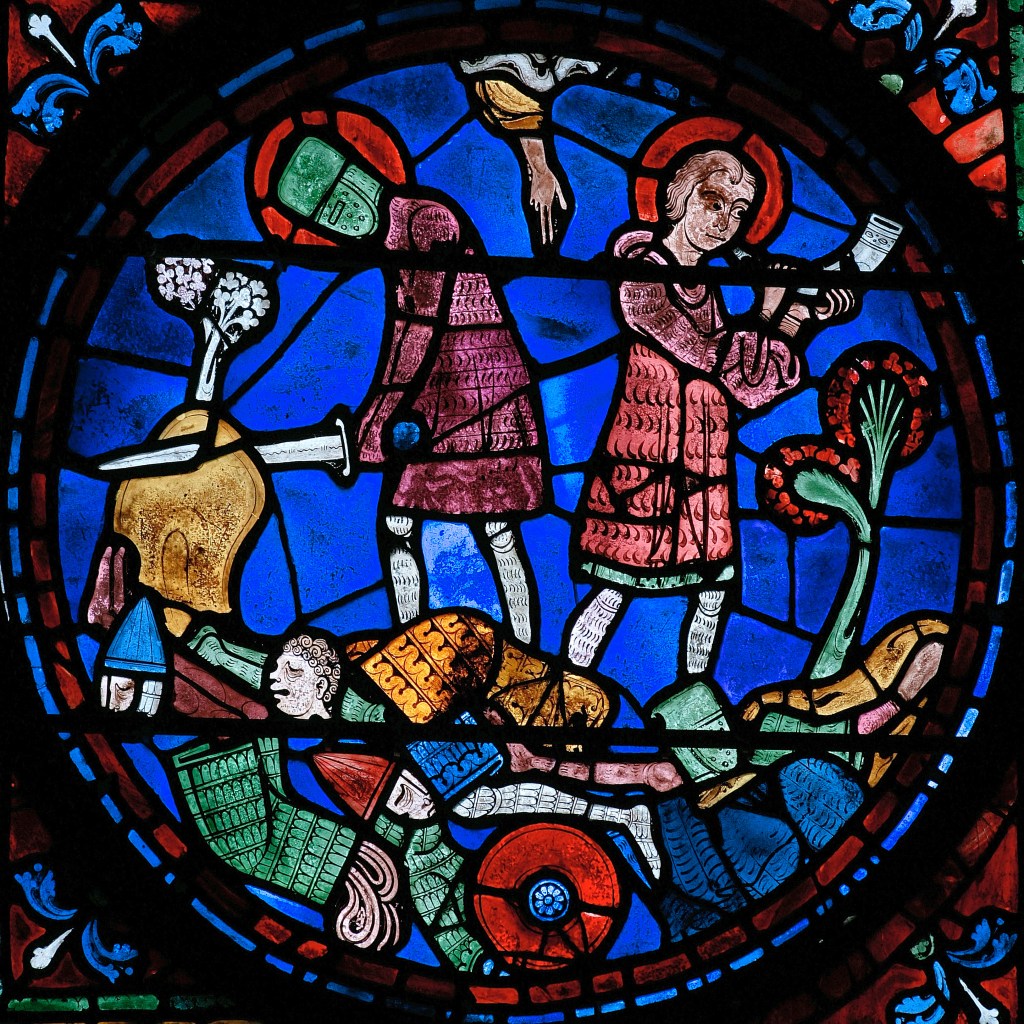
“Using algorithms from cameras on board cars and facial recognition, the artificial intelligence will be able to identify all this data and interpret it,” explains the project manager. “When the visitor points his phone, the camera, thanks to the AI, recognizes the scene and the text starts to scroll.”
The use of the telephone is justified by the constraints imposed by the fact that the building is listed as a UNESCO World Heritage Site. These rules do not allow the installation of permanent supports for descriptive text in the cathedral. This innovative technology is simply a means of enabling a public that has lost its religious vocabulary and references to understand and decipher the holy story told by these thousand-year-old stained glass windows, silent and variegated witnesses to ten centuries of prayer.
